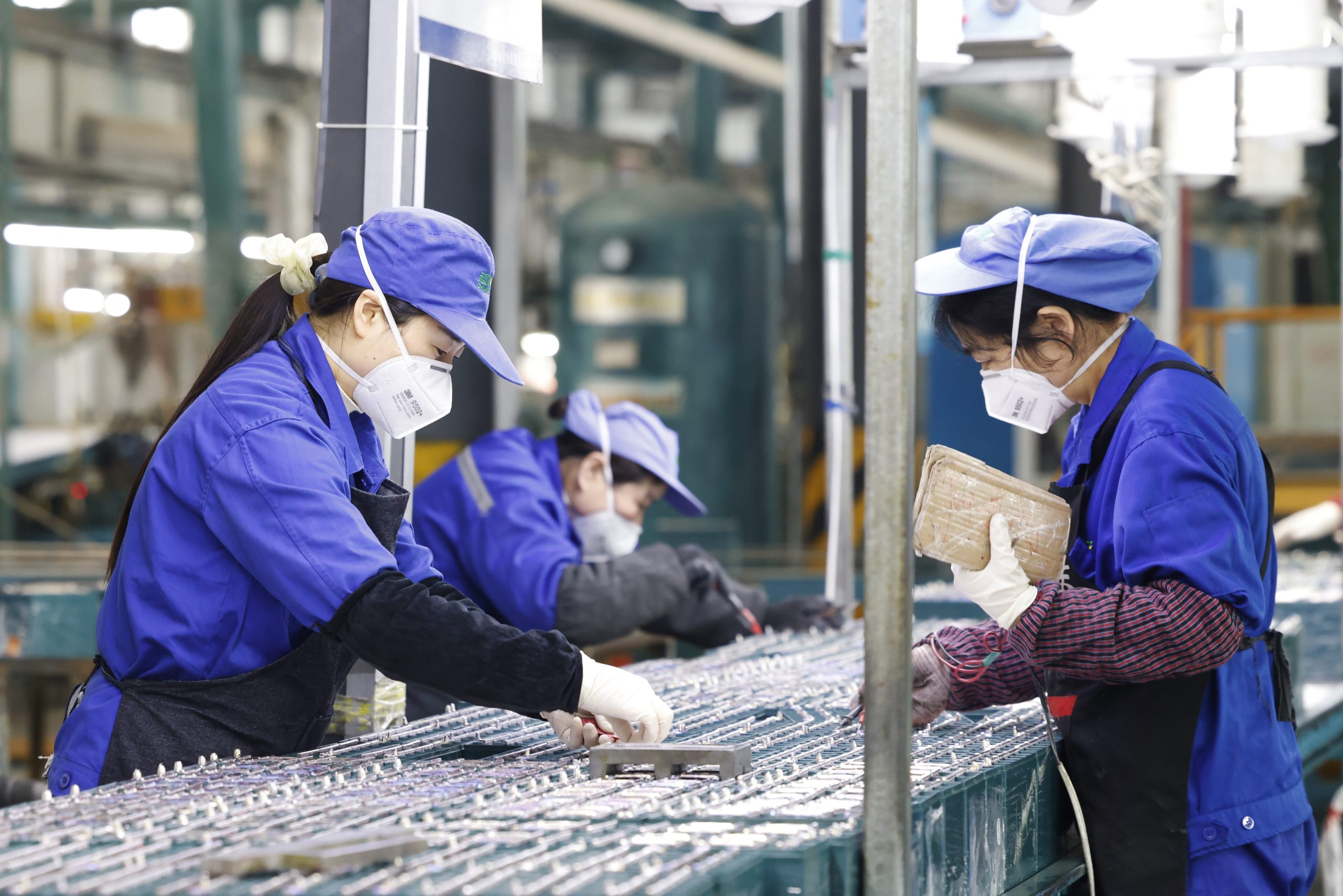
To make a good battery, you need fluorine, an element that is sourced from the mineral fluorspar.
That presents a looming problem for China and its considerable efforts to dominate the global electric vehicle (EV) industry. The country is the dominant producer and consumer of fluorspar, but it’s rapidly running down its reserves. So, among the many critical minerals worth watching, this one is a standout.
While the price of most critical minerals and rare earths have corrected sharply over the past year, the fluorspar market has trended upwards, reaching all-time highs in the first quarter of 2024. As far out as analysts can forecast, they see supply deficits for the mineral, with EV uptake generally expected to increase demand by an order of magnitude by 2040.
The ASX-listed company that I run, Tivan Limited, is based in Darwin. We are diversified across the critical minerals sector, with different minerals in different locations, and projects that are at different stages of development. In January, in a first for Australia, we announced commencement of a fluorspar project, at Speewah in the Kimberly region of Western Australia.
Although it’s hardly known to most people, fluorspar, also called fluorite, is used in many industrial processes, including making semiconductors, smelting, refrigeration, ceramics, coatings and so forth. Some uses, most notably per- and polyfluoroalkyl substances, commonly known as PFAS, are being phased out. Australia recognised the importance of fluorine in December by listing it as a critical mineral. The US, EU, Japan and others had already taken similar action.
Because it’s needed for battery packs, modules and cells, fluorspar is called the ‘the stealth battery mineral’ in industry circles. Reflecting the growing interest in fluorspar, Benchmark Mineral Intelligence, a global market information provider, recently launched a service supporting this ‘quiet achiever of the EV battery sector’.
The focus on fluorspar is likely only to sharpen. A prominent feature of the material is that, unlike other inputs to the EV battery sector, it will soon be in structural short supply in China—and therefore a vulnerability as that country seeks to maintain its dominance in EV batteries.
China currently produces and consumes two-thirds of the world’s fluorspar. Yet on baseline forecasts, which conservatively assume an unchanged production rate, China will deplete its known reserves by 2030. China’s rate of reserve depletion is extreme, running at three to four times the global average.
China has begun responding to the vulnerability, turning to Mongolia, with its 8% of global reserves, as a supplier of choice. China imported four times as much fluorspar from Mongolia in 2023 as in 2022.
In December, China’s Ministry of Finance also eliminated a 3% import tariff on fluorspar with low arsenic content, the removal of which adds costs to mid-stream processing. The world’s largest fluorspar mine, located at San Luis Potasi in Mexico, has high arsenic content. China also extended comparable relief to battery-grade lithium, nickel and cobalt. Further Chinese measures are likely; they will depend on how US policy towards the EV sector changes after the presidential election in November.
Increasing domestic supply will be difficult for China. Its thousands of primary fluorspar producers are consolidating. Environmental standards are increasingly a constraint, particularly because China’s fluorspar resources are mostly located in the more affluent eastern provinces, such as Jiangxi and Zhejiang.
Nor does China have an alternative to fluorspar as a local feedstock of fluorine. To source lithium, by contrast, China turned to domestic production of lepidolite, a relatively expensive source of the metal. By doing so, it helped deflate the 2022-23 price bubble across the lithium sector. Despite its lack of cost competitiveness, lepidolite is on track to contribute 15% of global lithium supply through to 2025.
Importantly, fluorine is unlikely to be replaced to any large degree in making EV batteries. Its elemental properties (it’s the most electronegative element on the periodic table) are fundamental to design and mass production of batteries, maximising energy capacity for a given volume and mass.
Estimates of how much is needed to make a battery vary, though Benchmark finds that 18kg is used in a 40 kilowatt-hour EV cell. It’s needed in several parts of a battery: in the binder, separator, electrolyte and anode. Evolving battery chemistries have not diminished the dependence on fluorspar, with newly ascendent lithium-iron-phosphate batteries exhibiting the highest levels yet of fluorine intensity so far.
China’s dominance of the EV battery sector is extreme, recently measured above 80% by Bloomberg New Energy Finance. Its leadership reflects its aggressive strategic policies pursued over a decade and its control over the commanding heights of global supply chains.
But fluorine is the Achilles heel of China’s strategy, and thereby among the most critical of critical minerals.

